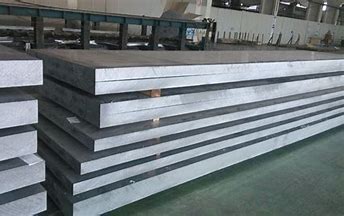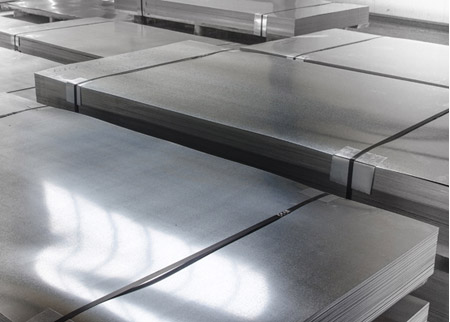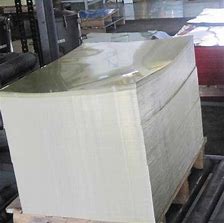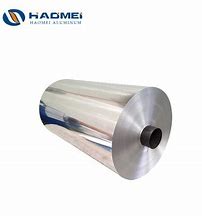



How to avoid defects when welding aluminium
With its high formability and versatility, aluminium is a very valuable metal. However, it does present a number of challenges when it comes to welding. This is why manufacturers and others need to pay close attention when welding aluminium to ensure that defects are avoided. There are certain techniques and practices that you should be aware of before you begin welding applications involving aluminium alloys.
Aluminium has been chosen by many manufacturers and designers for its very light weight and high strength-to-weight ratio. Not to mention its corrosion resistance, aesthetics and recyclability. With the increasing number of alloys available on the market, it is easier than ever to find the right aluminium for a given project.
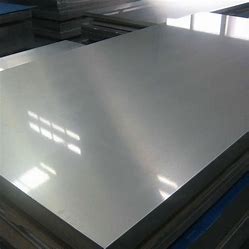
If you are more familiar with steel and are considering switching to aluminium, it is important to understand that welding aluminium presents several particular challenges. Below, we examine some of these challenges and provide tips on how to avoid defects in aluminium welding applications.
What are some ways to avoid aluminium weld defects?
One of the first issues to be aware of when welding aluminium is cracking. This usually takes two forms, hot cracking or cold cracking. The former occurs as a result of the shrinkage that occurs when the metal solidifies after welding. This can be avoided if you use a suitable filler metal that matches the chemical properties of the base material. Another consideration is the joint design, as poor alignment can lead to cracking.
Cold cracking, on the other hand, occurs because hydrogen dissolves in the weld metal in the heat affected zone, usually at temperatures below 600°F. To avoid this defect, the metal needs to be preheated so that the base material does not crack as a result of hydrogen diffusion.
Another important problem when welding is burn-through. This is the result of overheating the metal and this can lead to a hole being burnt throughout the process. This is usually the result of improper matching of heat and speed during the welding process. Using a lower amperage (TIG welding) or using a pulse torch (MIG welding) is a good way to avoid burn through.
Finally, porosity is created when gas is absorbed and trapped in the molten metal. This results in a weak weld that is prone to fracture and wears more easily. Cleaning the metal well beforehand helps to avoid this problem.
* Thank you for your inquiry. Please provide your business needs information so that we can better serve you.
This information can help us assign the most suitable person to solve your problem. We will give you feedback within 1-2 working days.
Related Blog
